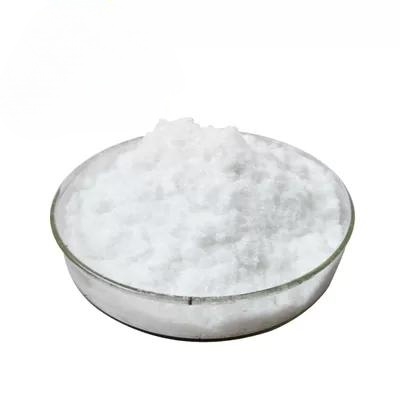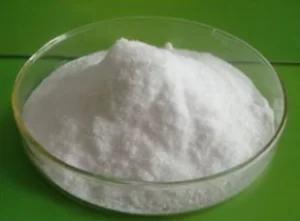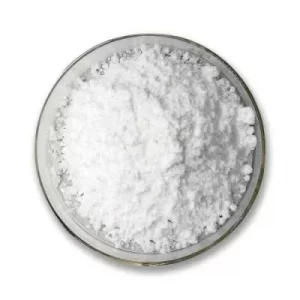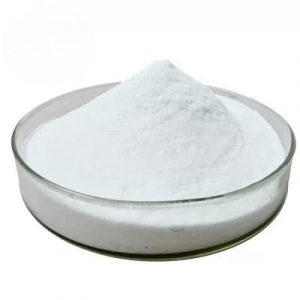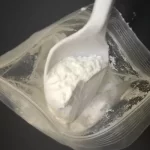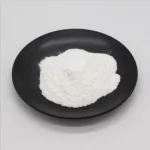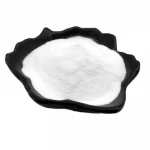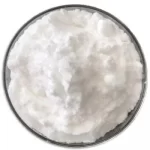Description
Anti Tumor Plant Growth Regulator Pharmaceutical API CAS 68-94-0 6 – Hydroxypurine
Description
| Product Name: | 6-Hydroxypurine | Other Name: | HYPOXANTHINE ANHYDROUS |
|---|---|---|---|
| CAS No: | 68-94-0 | Purity: | 99% Min |
| Shelf Life: | 2 Years | Application: | Medication |
| Sample: | Available | Storage: | Cool And Dry Place |
| Appearance: | White Powder |
Anti Tumor Plant Growth Regulator Pharmaceutical API CAS 68-94-0 6 – Hydroxypurine
Product Introduction
Name: 6-Hydroxypurine
English synonyms: HYPOXANTHINE ANHYDROUS
CAS Number: 68-94-0
Molecular formula: C5H4N4O
Molecular weight: 136.11
EINECS number: 200-697-3
Product Description
Melting point: >300°C(lit.)
Boiling point: 250.36°C(rough estimate)
Density: 1.4295(rough estimate)
Refractive index: 1.8500(estimate)
Storage conditions: 2-8°C
Solubility: 1MNaOH: 25mg/mL
Acidity coefficient (pKa): 8.7(at25℃)
Form: powder
Color: Colorless to yellow to brown, darken on storage with no loss of purity
Odor (Odor): Odorless
Water solubility: practically insoluble
Product Function
Hypoxanthine is a common purine compound with a highly active 6-hydroxy functional group. Derivatives of hypoxanthine, such as 6-mercaptopurine, are important anti-tumor drugs and plant growth regulators. Because purine compounds have a wide range of biological activity and application value, people have a keen interest in the efficient synthesis of such compounds.
Hypoxanthine and xanthine are widely present in animals and plants, and the inosinic acid of its nucleotide is the precursor of the purine nucleotide of nucleic acid. It is also the mother of caffeine. Hypoxanthine can be generated from adenine deamination by the action of adenine deaminase or nitrous acid, and it can also be lost by phosphorylation of inosine by nucleoside phosphorylase. Hypoxanthine (Hx) is a metabolite of nucleosides and an important alkaloid purine, which is involved in regulating some physiological functions of the human body.
Studies have found that Hx can promote lipolysis in mice and reduce the quality of body fat. The results of the anti-obesity study of Hx on nutritionally obese mice showed that after 4 weeks of administration, the Hx administration group could effectively reduce the body mass, total fat mass, Lee’s index and fat coefficient of obese mice. Among them, the Hx low-dose group was compared with The difference between the model groups is the most obvious.

